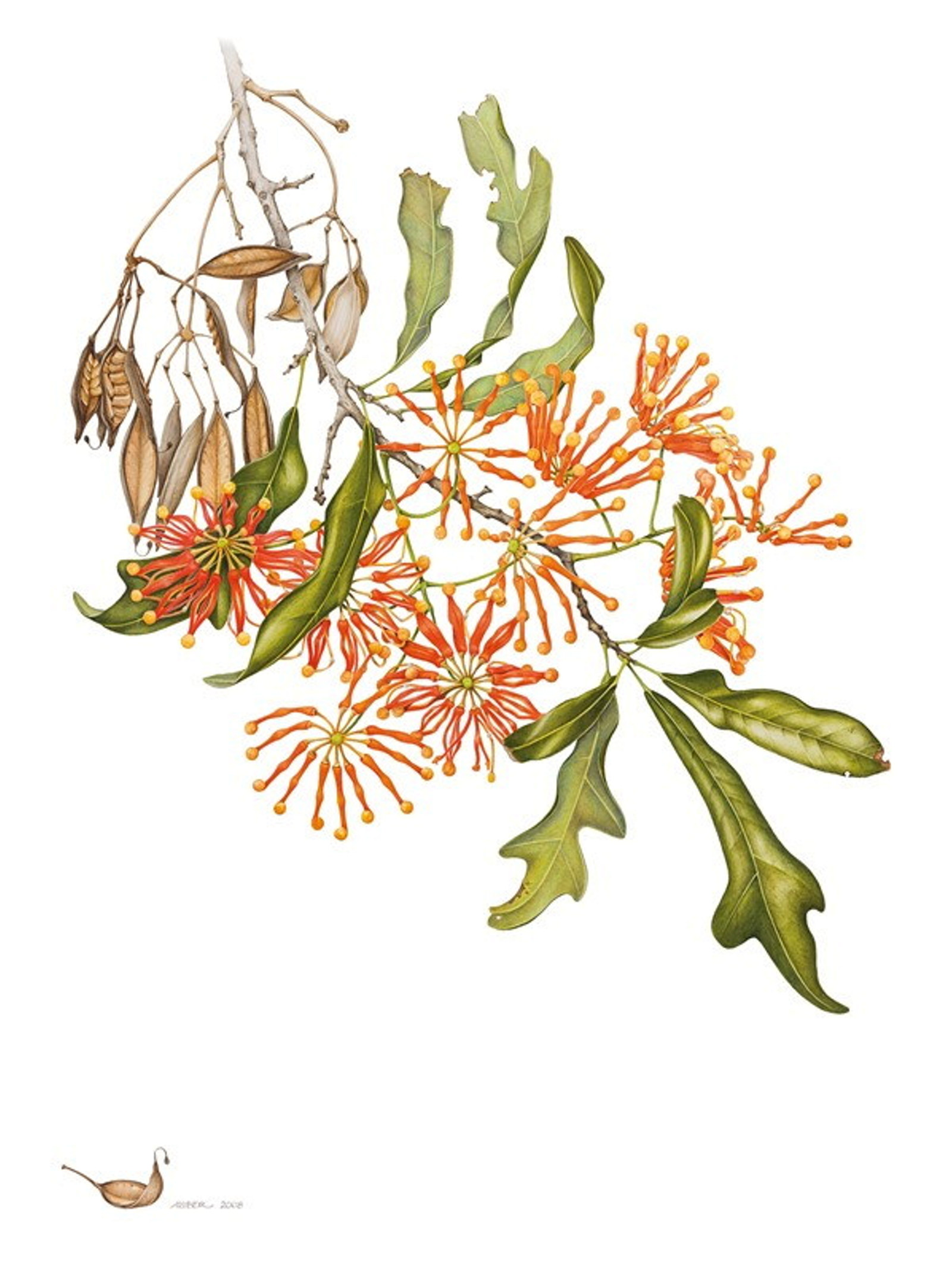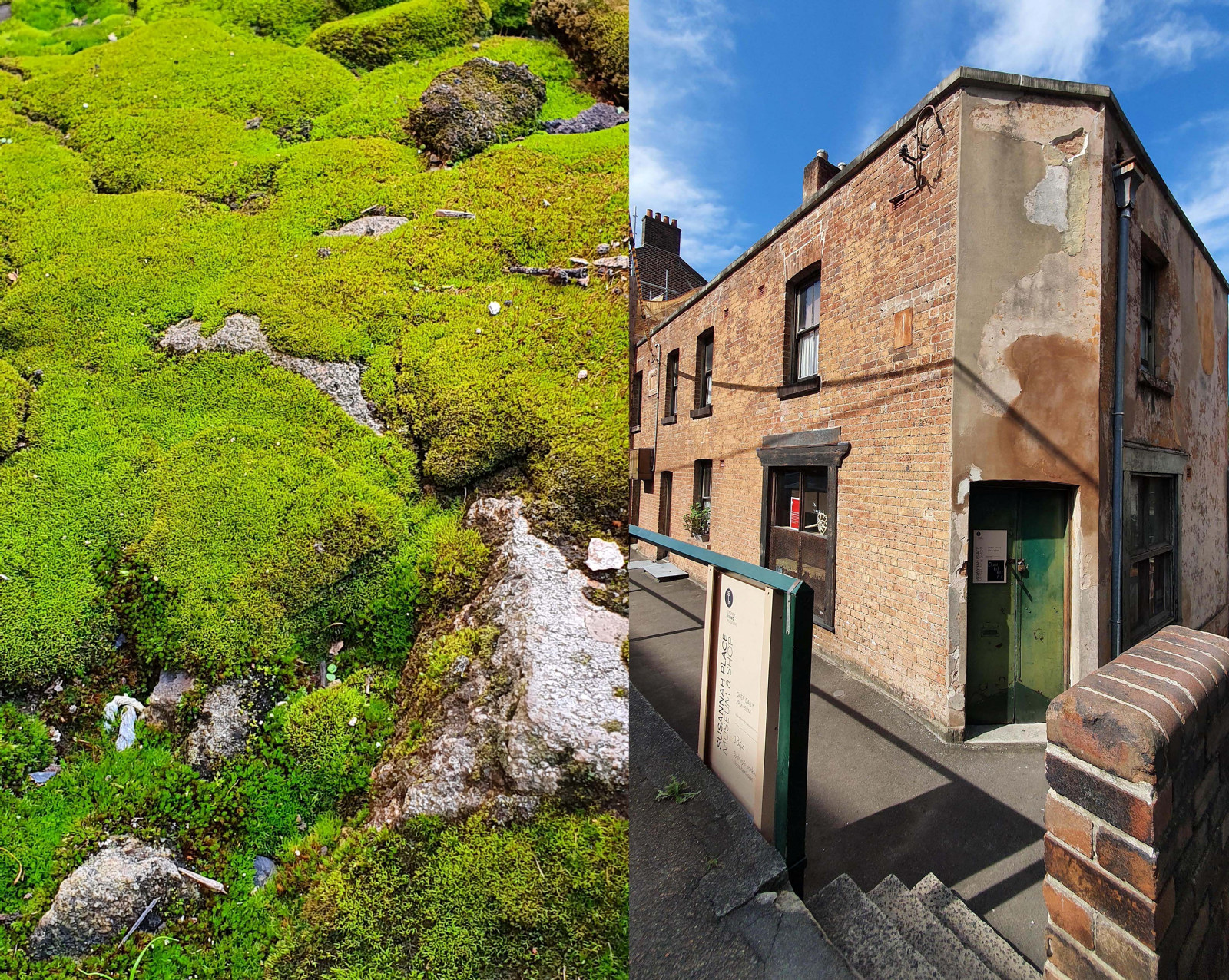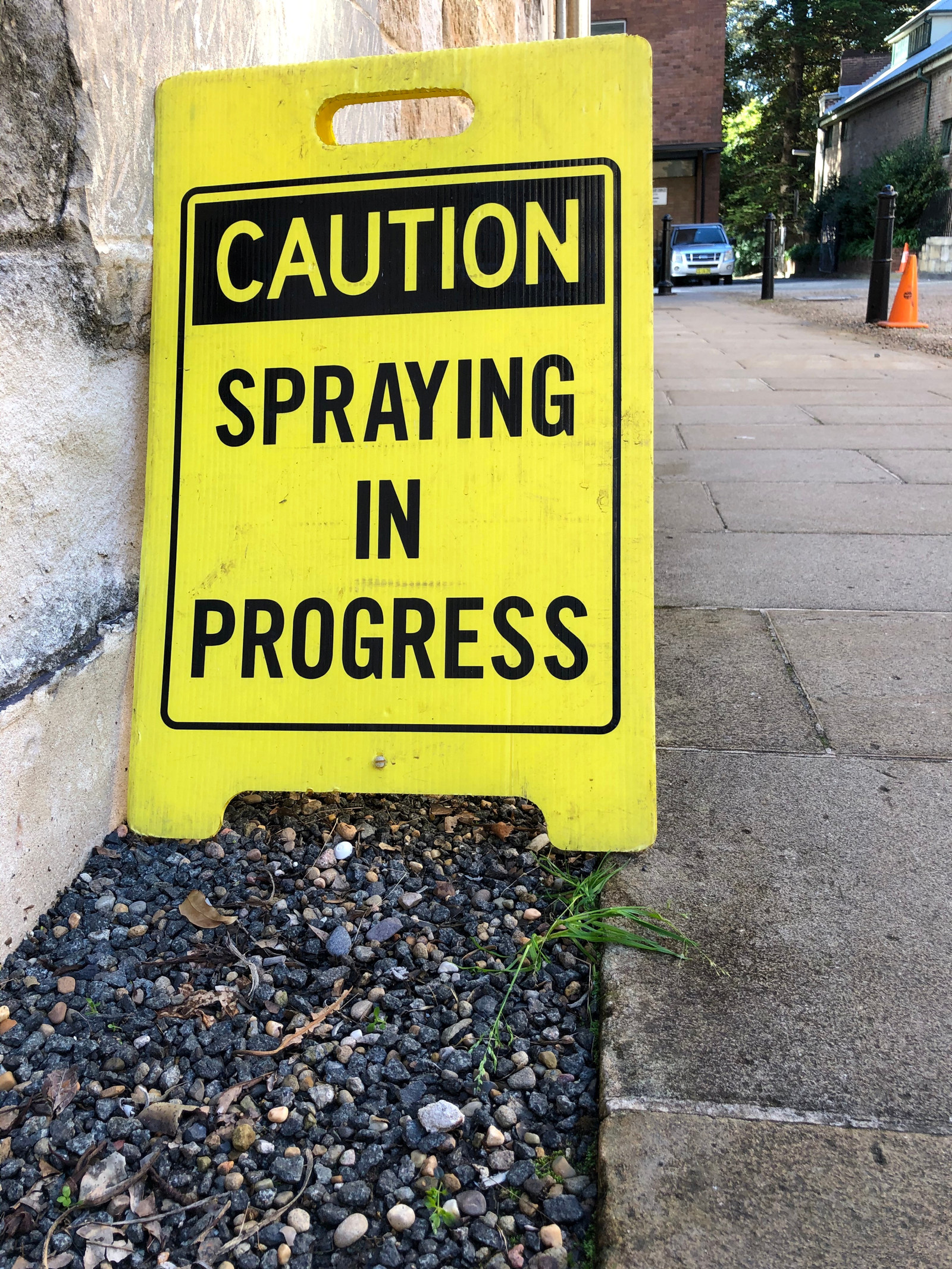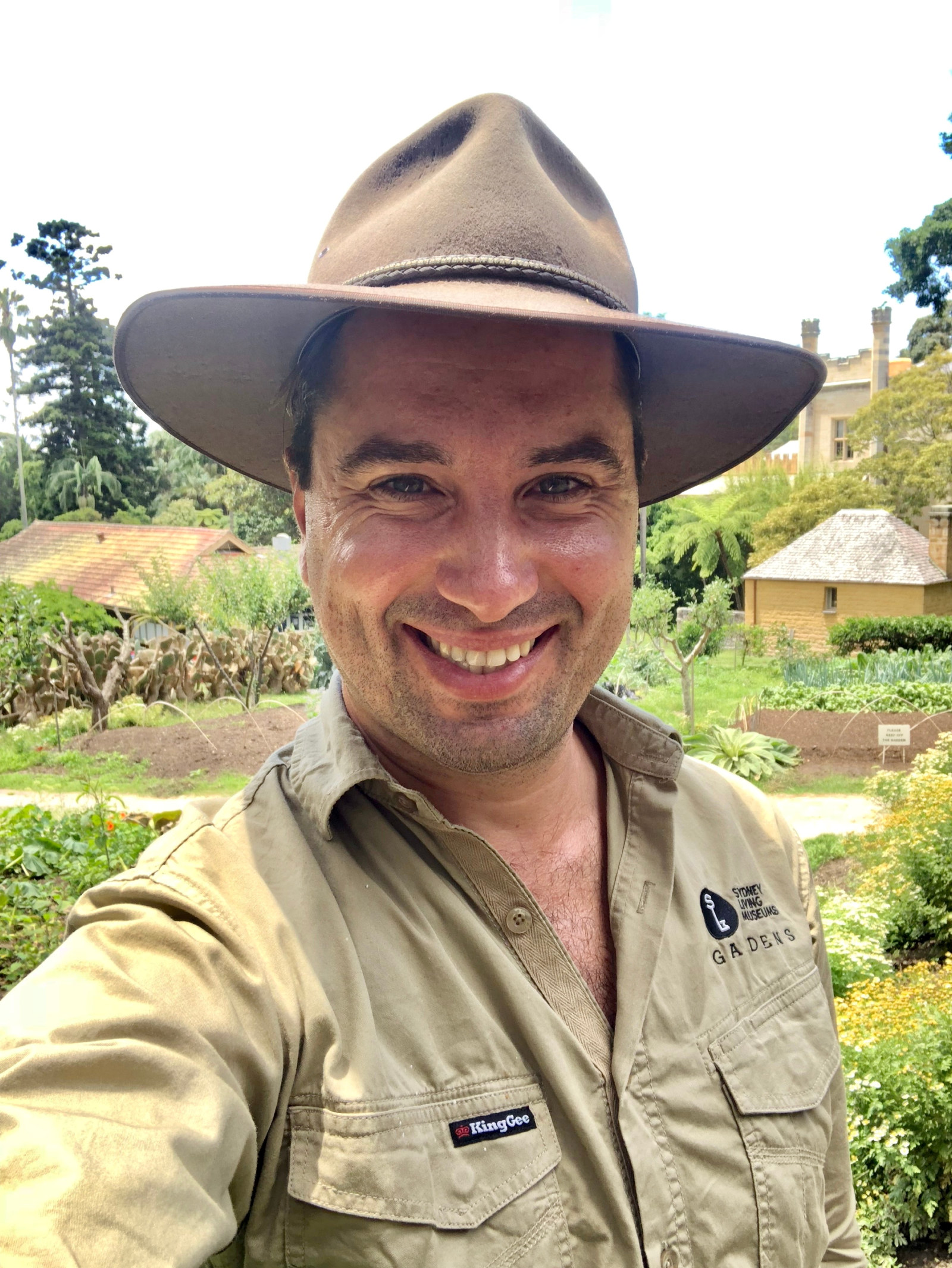Beautiful & tasty
At Vaucluse House gardens, one of my favourite areas for the little ones, and for the not so little, is the Kitchen Garden with its seasonal vegetables, fruits and other yummy produce. One of the stars of the kitchen garden is the pineapple plant (Ananas comosus), which do not fail to surprise and put a smile on our visitor’s faces.
Many people are unaware that pineapples do not actually grow on trees but are a fruit from a type of bromeliad, which grows on the ground. This makes the pineapple's fruit look a bit odd, as it is growing on top of its parent plant - unlike many other plant species.
The name pineapple originated in England in the late 17th century and originally referred to a pine-cone. This unusual name for the fruit was because explorers at the time were trying to match something alien to them to something they had seen before.1
Pineapples are indigenous to South America, where they were cultivated by the ancient Aztec and Mayan civilizations which valued its delicious fruits. European navigators took them to many tropical areas around the world as part of their trade and establishment of new colonies.
It is believed that the first pineapples in Australia were brought by German missionaries travelling from India in 1838.2
Today this delicious fruit is part of the Australian diet and culture and is enjoyed by most people.
Recently, while I was working in the Kitchen Garden at Vaucluse House, I noticed that some of our pineapples were in flower. This is something that people may not have seen before. The newly formed pineapples had small lilac flowers as you can see in my photos.
Come to visit us in the Vaucluse House Kitchen Garden and you might see some new pineapples fruiting.
- Australian food history timeline, 2017. Australian food history timeline-Pineapples brought to Australia. Available at: https://australianfoodtimeline.com.au/pineapples-to-australia/ [Accessed 01 December 2017].
- Australian food history timeline, op cit.
Published on
Plant your history
Browse all
Florilegium plants
A gathering of flowers: the Florilegium collection
Finely detailed botanical artworks reveal the range of plants introduced to Sydney’s gardens over the past 200 years

Plant your history
A mossy analogy for Susannah Place: small but mighty
Mosses are everywhere! They are small, mighty, unsung and inhabit the most unusual places. They can be found in all our museum outdoor spaces if one looks closely enough

Plant your history
A new weapon in the war on weeds
A black and yellow sign warns me there is “Spraying in Progress”, and I wonder for a moment why no one is wearing a mask, or even gloves. But the dangerous looking mist enveloping these men is not what it seems

Plant your history
Acanthus - an apt symbol for The Mint
Look at any classical building today, anywhere in the world and chances are you will find an acanthus leaf lurking somewhere
